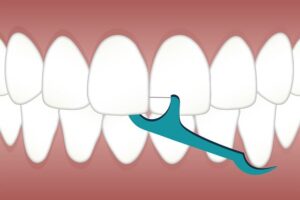Dental professional liability insurance is crucial for dentists and practices, protecting against claims and lawsuits due to errors or omissions during dental care. This coverage safeguards professionals from financial loss and legal repercussions in cases of negligence causing patient harm, including misdiagnosis, incorrect treatment plans, and procedure-related injuries. Understanding common causes of dental malpractice claims, policy components like general and professional liability, and evaluating coverage, premiums, and provider reputation is essential when choosing insurance. Mitigating risks through continuous education, meticulous record-keeping, informed consent, and protocol reviews can further reduce the likelihood of malpractice claims.
Dental malpractice coverage is an essential safety net for dental professionals, protecting them from potential liabilities arising from negligence. This article simplifies complex concepts related to dental professional liability, shedding light on what it covers and how it structures policies. We explore common causes of claims, the importance of adequate coverage, and best practices to minimize risks. By understanding dental professional liability, practitioners can make informed decisions regarding their insurance options.
- Understanding Dental Professional Liability: What It Covers
- Common Causes of Dental Malpractice Claims
- How Dental Malpractice Insurance Policies Are Structured
- The Importance of Adequate Coverage for Dental Professionals
- Evaluating and Comparing Dental Malpractice Insurance Options
- Best Practices to Minimize Dental Malpractice Risks
Understanding Dental Professional Liability: What It Covers
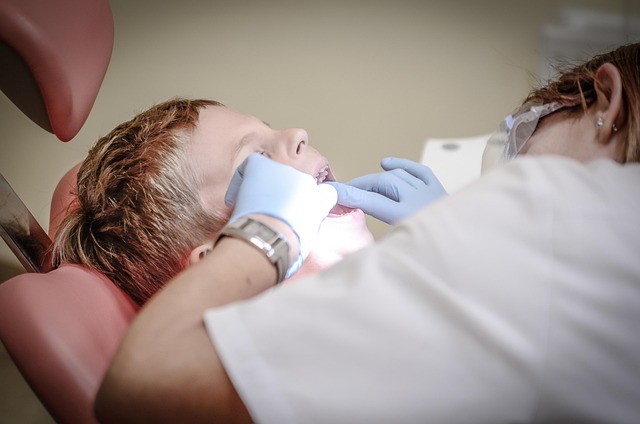
Dental professional liability, also known as dental malpractice insurance, is a crucial coverage for dentists and dental practices. It safeguards against potential claims and lawsuits arising from errors or omissions during dental care provision. This insurance is designed to protect dental professionals from financial loss and legal repercussions in case of negligence that causes harm to patients.
The scope of dental professional liability includes various scenarios such as misdiagnosis, incorrect treatment plans, injuries caused by dental procedures, and failures in patient care. When a patient experiences adverse outcomes due to these issues, they may file a claim against the dentist or practice. The insurance policy steps in to cover legal fees, settlement costs, and damages awarded to the affected patient, providing financial security for dental professionals.
Common Causes of Dental Malpractice Claims
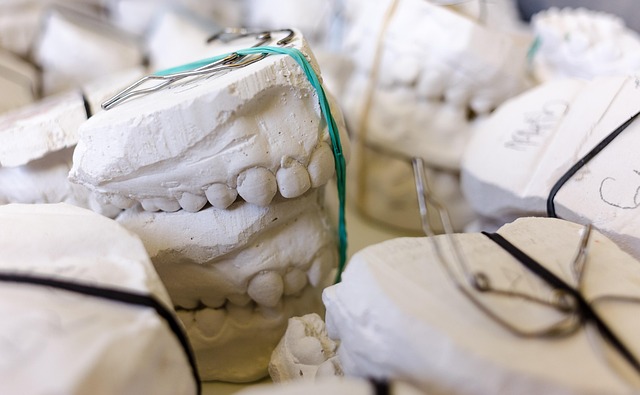
Dental malpractice claims can arise from various incidents, with some common causes often leading to legal repercussions for dental professionals. One of the primary reasons is negligence in treatment planning and execution. This may include misdiagnosis, where a dentist fails to accurately assess a patient’s oral health condition, resulting in inappropriate or unnecessary procedures. For instance, prescribing the wrong medication or dosage can have severe consequences.
Another significant factor is technical error during dental procedures. This could range from simple human mistakes like using the incorrect instrument or mixing solutions improperly to more complex issues like causing physical harm due to inadequate sterilisation practices or failing to obtain informed consent. Such errors can lead to patient injuries, infections, or dissatisfaction, prompting legal action against the dental professional and their liability insurance.
How Dental Malpractice Insurance Policies Are Structured
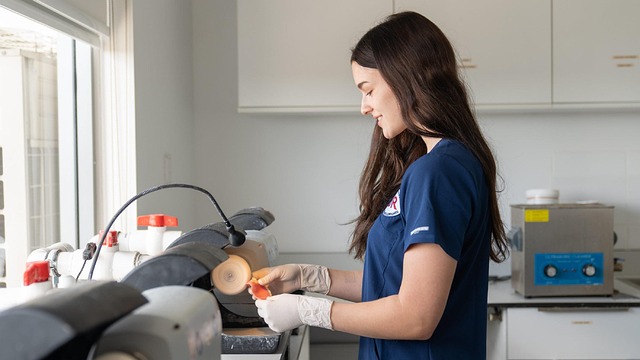
Dental malpractice insurance policies are designed to protect dental professionals from potential financial risks associated with their practice. These policies typically fall under two main types: general liability and professional liability. General liability covers common risks such as slips, trips, and falls on the premises, while professional liability, also known as dental professional liability, focuses specifically on errors or omissions made during dental treatments.
The structure of these insurance policies usually involves several key components. Coverage limits determine the maximum amount the insurer will pay out in case of a claim. Deductibles are the amounts the insured party must pay before insurance kicks in. Policy terms outline specific circumstances under which coverage applies, while exclusions list situations or events that are not covered by the policy. Additionally, dental malpractice policies often include provisions for legal fees and defense costs in the event of a lawsuit.
The Importance of Adequate Coverage for Dental Professionals

For dental professionals, securing adequate dental malpractice coverage is paramount. It serves as a shield against potential financial devastation arising from unforeseen errors or omissions during treatment. These can include situations like mistakenly injuring a patient’s lip during a procedure or failing to diagnose an oral condition correctly. Without proper liability protection, a single incident could lead to costly legal battles and significant financial loss, threatening the stability of dental practices and even their survival.
Dental professional liability insurance is designed to protect against such risks by providing financial compensation for damages awarded in malpractice lawsuits. It’s more than just compliance; it’s an investment in peace of mind and the longevity of one’s dental practice. By ensuring thorough coverage, professionals can focus on delivering quality care without the constant worry of potential legal repercussions hanging over them.
Evaluating and Comparing Dental Malpractice Insurance Options
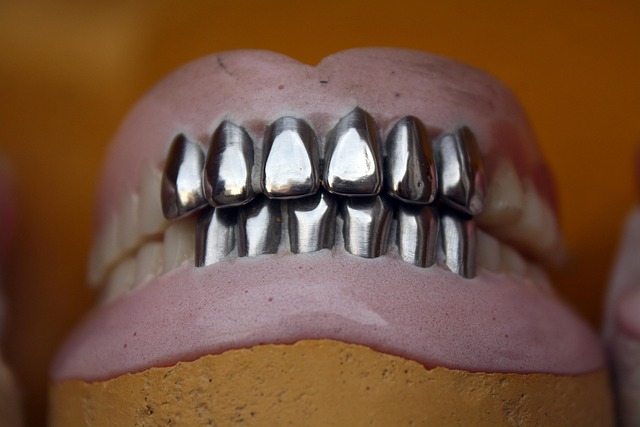
When evaluating dental malpractice insurance options, dental professionals should consider their specific needs and practice requirements. Different policies offer varying levels of coverage for various types of dental malpractice claims. It’s crucial to assess the scope of protection, including capitation, professional services, and any exclusions or limitations. Compare the premiums and deductibles associated with each option to ensure they align with your budget while providing adequate security.
Additionally, review the reputation and financial stability of insurance providers. Opting for a well-established company ensures claims are handled efficiently and consistently. Look into the policy’s renewal process and any potential changes in coverage or pricing over time. Understanding these aspects empowers dental professionals to make informed decisions regarding their dental professional liability insurance.
Best Practices to Minimize Dental Malpractice Risks

Dental professionals can significantly minimize their risks of malpractice claims by adhering to best practices. First and foremost, continuous education and staying updated with the latest dental techniques and guidelines are paramount. This ensures that practitioners employ the most current and effective methods, reducing the likelihood of errors or complications. Additionally, maintaining detailed records is crucial; well-documented patient histories, treatment plans, and post-operative care instructions can serve as invaluable defenses in the event of a lawsuit.
Effective communication with patients is another key strategy. Dental professionals should clearly explain procedures, potential risks, and alternatives to patients, obtaining their informed consent. Regularly reviewing medication interactions and allergies, and ensuring adequate patient understanding, can prevent adverse reactions and associated malpractice claims. Moreover, establishing clear protocols for emergency situations and regularly training staff on crisis management can effectively manage high-pressure scenarios.
